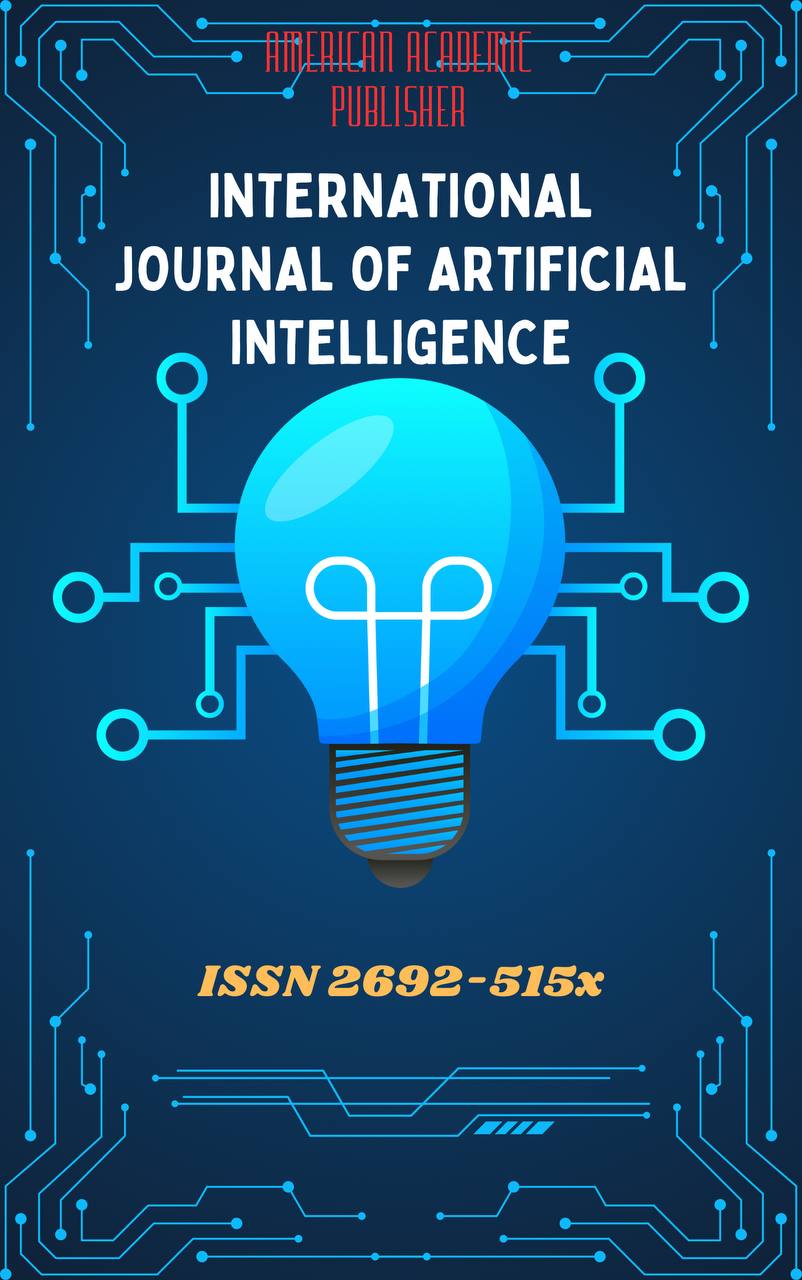 Articles
| Open Access |
Articles
| Open Access | MODELS FOR IDENTIFYING CONSUMER OPINIONS USING DIGITAL TECHNOLOGIES IN E-COMMERCE ACTIVITIES
Sodikhov Abdulhafiz Abdushukurovich , Independent Researcher Tashkent State University of EconomicsAbstract
The rapid development of digital technologies has significantly transformed e-commerce platforms, allowing users to interact and share opinions about products and services. Customer reviews play a crucial role in assessing product quality and guiding purchase decisions. However, due to the subjective nature and large volume of feedback, analyzing consumer opinions is complex and requires automated models. This study proposes a model for evaluating customer satisfaction using digital technologies, incorporating numerical ratings, likes/dislikes, and textual sentiment and topic analysis. Data collected from Alibaba reviews of Mac, Windows Surface, Asus, and Samsung laptops were analyzed using Principal Component Analysis (PCA) to determine factor weights and overall satisfaction scores. The proposed approach enables businesses to identify product strengths and weaknesses, improve service quality, enhance marketing strategies, and strengthen brand–customer relationships. Integrating sentiment analysis with AI and chatbots also promises more personalized customer interactions and higher satisfaction in digital commerce.
Keywords
E-commerce, Customer Feedback, Sentiment Analysis, Principal Component Analysis (PCA), Digital Technologies, Review Normalization, Consumer Satisfaction, AI Chatbots
References
Gribanova, E.B., & Savitsky, A.S. (2020). Development of a Program for Estimating the Time of Posting Messages in the Online Social Network VKontakte. Modeling, Optimization and Information Technologies. Available at: https://moitvivt.ru/ru/journal/article?id=724. DOI: 10.26102/2310-6018/2020.28.1.012 (accessed 25.02.2021).
Ghose, A., & Ipeirotis, P. (2006). Designing Ranking Systems for Consumer Reviews: The Impact of Review Subjectivity on Product Sales and Review Quality. Proceedings of the 16th Annual Workshop on Information Technology and Systems, pp. 303–310.
Ho-Dac, N.N., Carson, S.J., & Moore, W.L. (2013). The Effects of Positive and Negative Online Customer Reviews: Do Brand Strength and Category Maturity Matter? Journal of Marketing, pp. 37–53.
Zhao, H., Jiang, L., & Su, C. (2020). To Defend or Not to Defend? How Responses to Negative Customer Reviews Affect Prospective Customers’ Distrust and Purchase Intention. Journal of Interactive Marketing, pp. 45–64.
Zhao, K., Stylianou, A.C., & Zheng, Y. (2018). Sources and Impacts of Social Influence from Online Anonymous User Reviews. Information and Management, pp. 16–30.
Gafni, R., & Gola, O.T. (2016). The Influence of Negative Consumer Reviews in Social Networks. Online Journal of Applied Knowledge Management, pp. 44–58.
Mohammadiani, R.P., Mohammadi, S., & Malik, Z. (2017). Understanding the Relationship Strengths in Users’ Activities, Review Helpfulness and Influence. Computers in Human Behavior, pp. 117–129.
Duan, J. LDA Topic Mining of Customer Text Sentiment Analysis on the E-Commerce Platform. School of Safety Science and Emergency Management, Wuhan University of Technology, Wuhan, China.
Article Statistics
Downloads
Copyright License

This work is licensed under a Creative Commons Attribution 4.0 International License.

